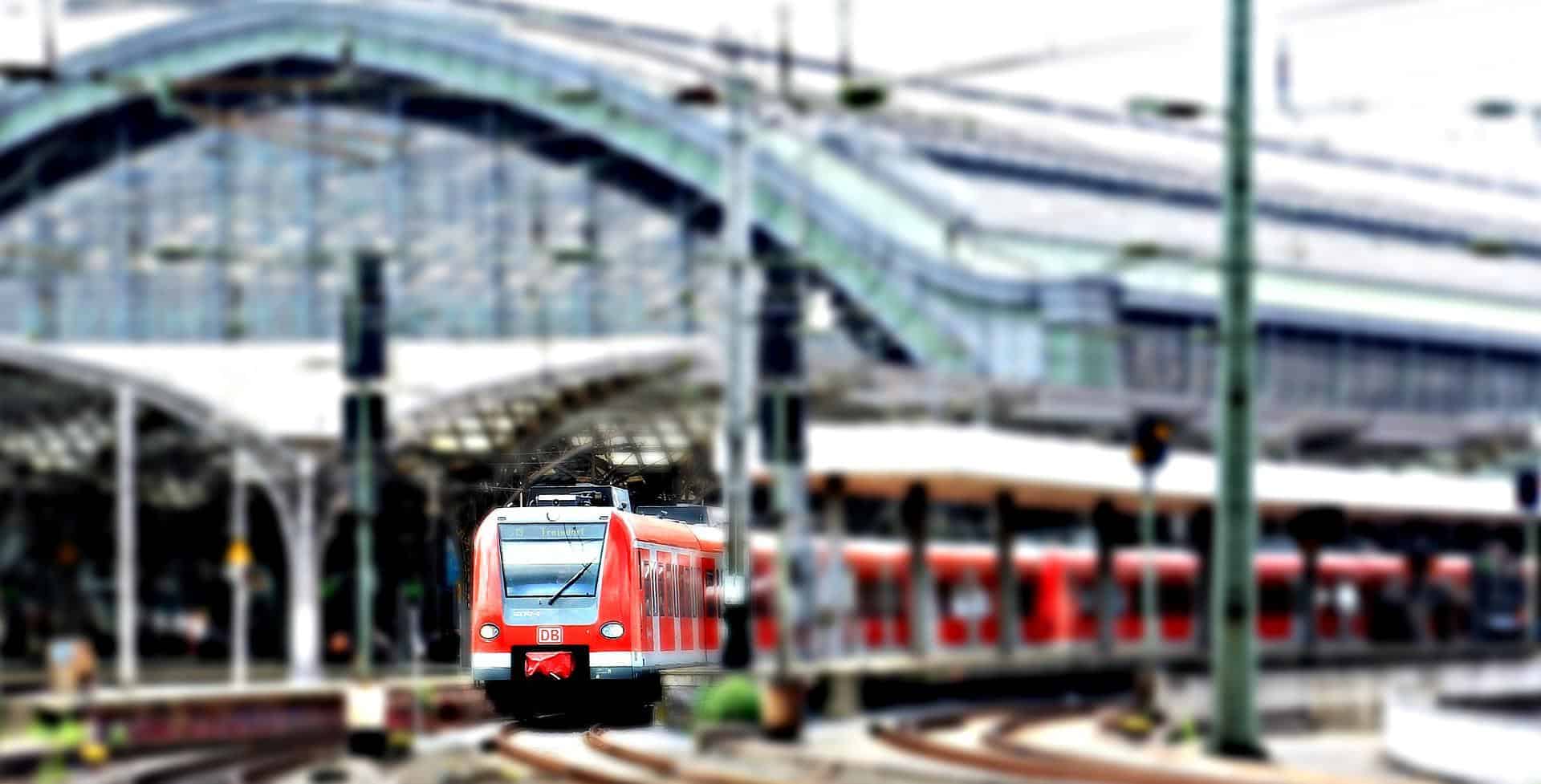
Rail transport is considered the best way to get people or goods from A to B in a climate-friendly way. However, a lack of capacity, frequent delays and sometimes unfavourable travel options dampen many travellers’ enthusiasm for the train. If more trains could travel along the same track in a shorter time, many of these bottlenecks could be alleviated or even eliminated. Experts from the Karlsruhe Institute of Technology (KIT) and ITK Engineering say in a press release that they have developed a sensor that uses magnetic fingerprints to accurately determine the position of trains. This could greatly increase the capacity of the existing railway network.
“By determining the position of a train on the track more accurately and reliably than before, trains can pass through a section of track at shorter intervals and the capacity per track kilometre increases,” says Dr Martin Lauer of KIT’s Institute for Measurement and Control Technology (MRT). The operation of the new Magnetic Railway Onboard Sensor (MAROS) is simple: “A railway track made of metal also has a kind of fingerprint, which has a very distinct profile at each point,” explains Lauer. The MAROS can recognise this fingerprint precisely. “This means that trains can be located worldwide with track accuracy and continuously,” says Tobias Hofbaur, programme manager for railway technology at ITK Engineering.
Advantages over camera and GPS
“The sensor, which is attached to the underside of the vehicle, measures an electromagnetic field that is influenced by the rails or the rail fixings. The sensor measures how much the electromagnetic field is changed. In this way, an exact electromagnetic fingerprint can be assigned to each section of track,” explains Lauer. In order to assign the individual location signature to an exact geographical position, a software with intelligent algorithms is required. “For example, each railway line must be travelled and measured at least once before this data can then be transferred to maps of the train route,” says Hofbaur. Then each subsequent train can be precisely located.
Test runs have been made on various sections of track in Austria. On sections of the western and northern railway line near Vienna, the researchers were able to prove that the sensor works. The sensor should be available on the market in early 2025. The researchers will present their results at the InnoTrans trade fair from 20 to 23 September in Berlin.
Accurate localisation of trains
The solutions which are currently used worldwide to determine the position of trains all have shortcomings which the MAROS sensor avoids: information carriers (beacons) installed in the track are reliable, but also very expensive. Camera systems have the disadvantage that they only work to a limited extent at night or in snow. GPS signals reach their limits in tunnels, mountain valleys or urban canyons. Moreover, they cannot reliably determine which of several adjacent tracks is being used. “But it is precisely this localisation that is absolutely essential for the railway company and can be achieved via MAROS,” says Lauer. “Localisation is thus more precise than ever, more cost-effective than other technologies and can be applied to all steel rails worldwide,” adds Hofbaur. “A nationwide introduction of MAROS promises to improve the use of rail networks by 35 percent.”
Selected for you!
Innovation Origins is the European platform for innovation news. In addition to the many reports from our own editors in 15 European countries, we select the most important press releases from reliable sources. This way you can stay up to date on what is happening in the world of innovation. Are you or do you know an organization that should not be missing from our list of selected sources? Then report to our editorial team.
